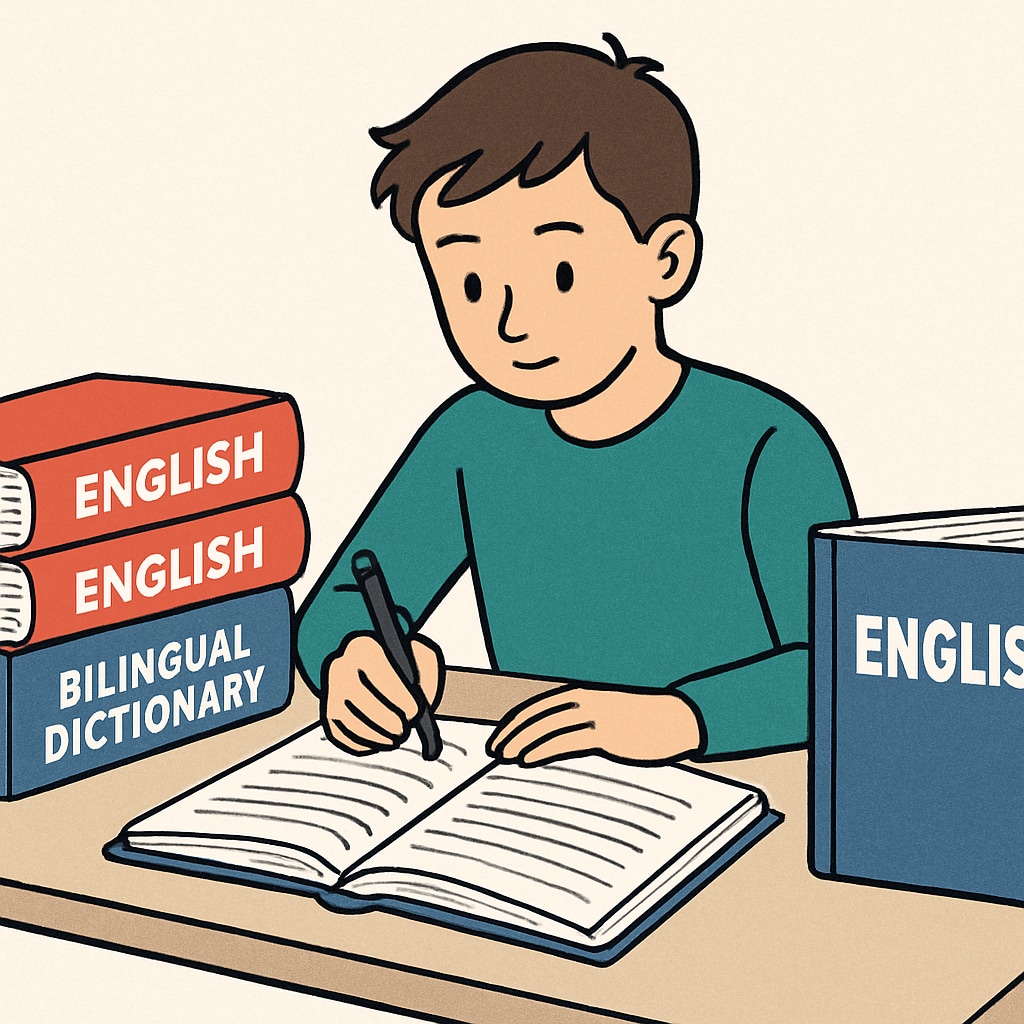The journey of transitioning from a native language education system to a fully English teaching environment is both exciting and challenging. For many high school students, this process involves adapting to new cognitive demands, adopting different learning strategies, and embracing cultural integration. This article delves into the unique hurdles faced during this language transition and offers practical advice for students preparing for such a transformative experience.
Understanding Cognitive Adjustments in a Language Transition
One of the first challenges students face when moving to an English teaching environment is the cognitive shift required for processing information in a second language. In their native language, students often think, analyze, and comprehend effortlessly. However, when confronted with English, they must navigate unfamiliar vocabulary, grammar, and idiomatic expressions, which can initially slow down their cognitive processes.
For example, understanding complex academic concepts in English requires not only language proficiency but also the ability to decode subject-specific terminology. This can be particularly overwhelming in subjects like science or history, where technical jargon is prevalent. As a result, students may feel frustrated or mentally fatigued during the early stages of this transition.
- Tip 1: Build a strong foundation in academic English before transitioning. Enroll in preparatory courses or online platforms like British Council’s English resources.
- Tip 2: Use bilingual dictionaries or translation tools to bridge understanding during initial learning phases.
- Tip 3: Practice active listening through podcasts or lectures to enhance comprehension speed.

Adopting New Learning Strategies for Educational Adaptation
Educational methodologies often differ significantly between native language systems and English-based systems. For instance, native education may emphasize rote memorization, while English teaching environments might prioritize critical thinking, group discussions, and project-based learning. Adjusting to these new methods can be daunting but ultimately rewarding.
Students must learn to participate actively in class discussions and express their opinions clearly in English. Additionally, written assignments often require structured arguments and analytical thinking, which might differ from the writing styles they are accustomed to.
- Tip 1: Familiarize yourself with common academic practices in English-speaking countries by exploring resources like Khan Academy.
- Tip 2: Develop note-taking skills to efficiently capture key points during lectures.
- Tip 3: Work with study groups to enhance collaborative learning and improve conversational English.

Cultural Adaptation: Beyond Language
Transitioning to a fully English teaching environment isn’t just about language; it also involves adapting to a new cultural context. Cultural differences can influence classroom interactions, teacher-student dynamics, and even social norms. For instance, students may need to adjust to open-ended questions in class, where there is no single “correct” answer, or to informal interactions with teachers, which might contrast with their previous educational experiences.
Additionally, cultural immersion extends beyond academics. Building friendships, understanding local customs, and participating in extracurricular activities are vital for a well-rounded experience. While this can be challenging, it also provides an opportunity for personal growth and global awareness.
- Tip 1: Engage in cultural exchange programs or community events to better understand the local way of life.
- Tip 2: Be open-minded and respectful of cultural differences, even if they feel unfamiliar at first.
- Tip 3: Seek support from school counseling services or international student groups.
In summary, transitioning from a native language education system to a fully English teaching environment is a multifaceted journey. By addressing cognitive adjustments, adopting effective learning strategies, and embracing cultural integration, students can navigate this transition successfully. With determination, preparation, and support, this experience can lead to academic success and a deeper understanding of global cultures.
Readability guidance: This article uses concise paragraphs, lists to highlight key points, and a balance of active and passive voice. Transition words such as “however,” “in addition,” and “as a result” are used to ensure a smooth reading flow.


